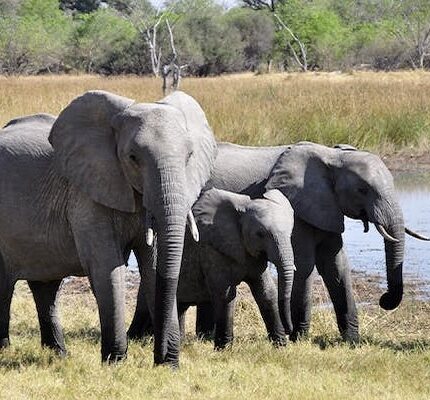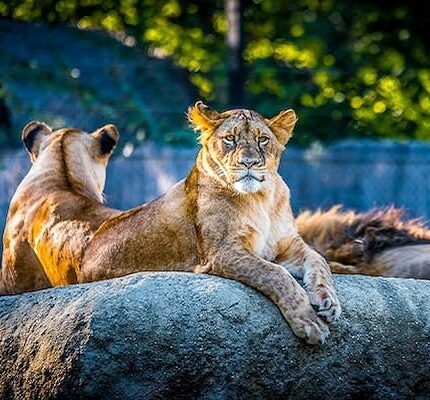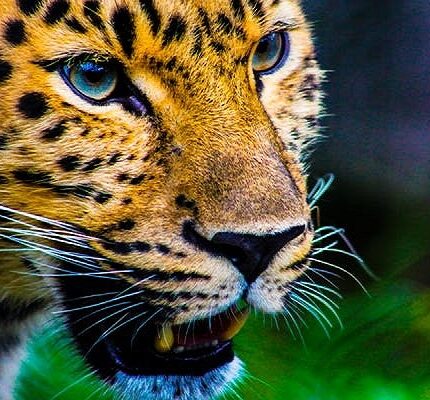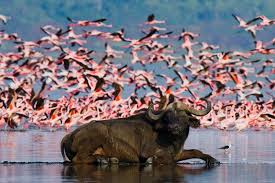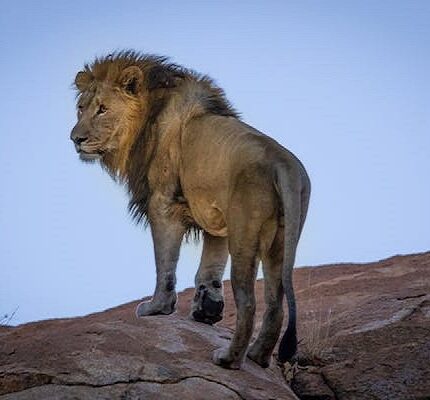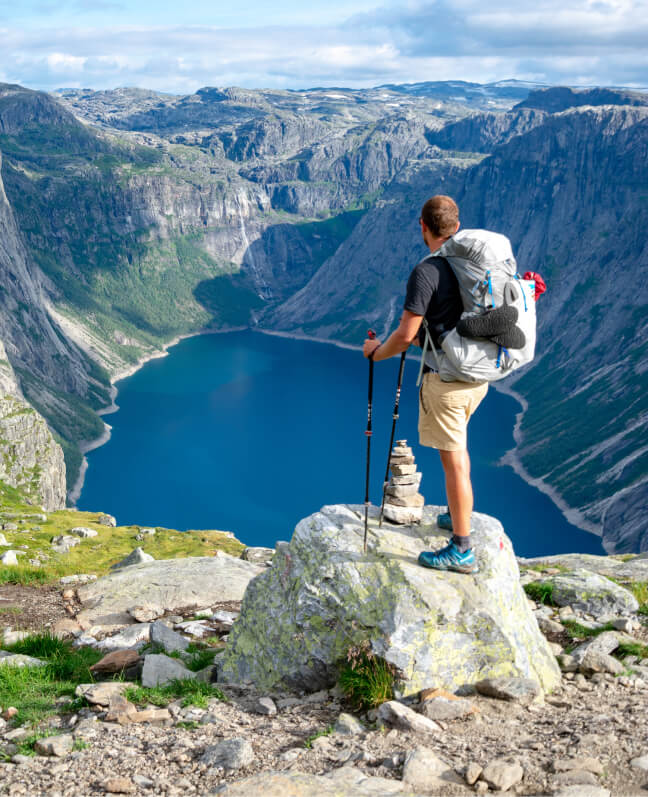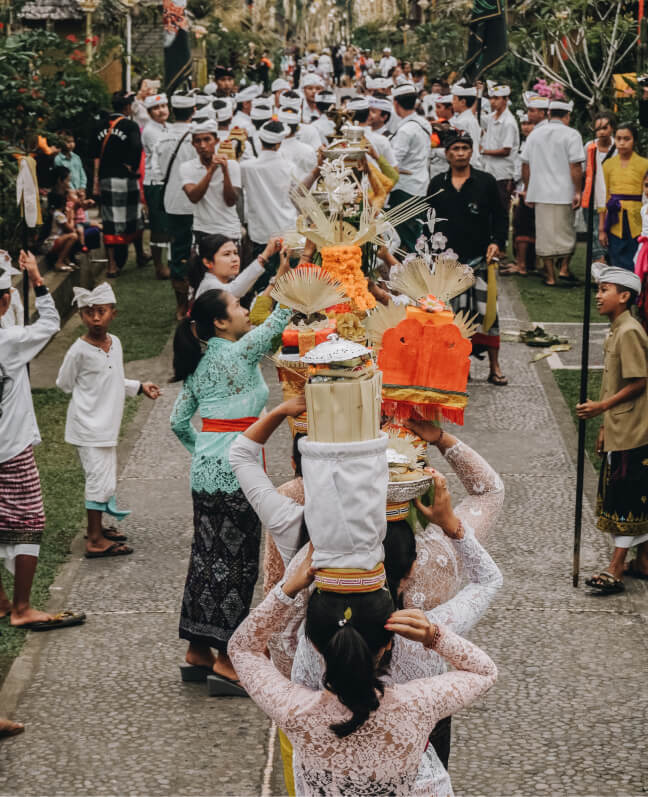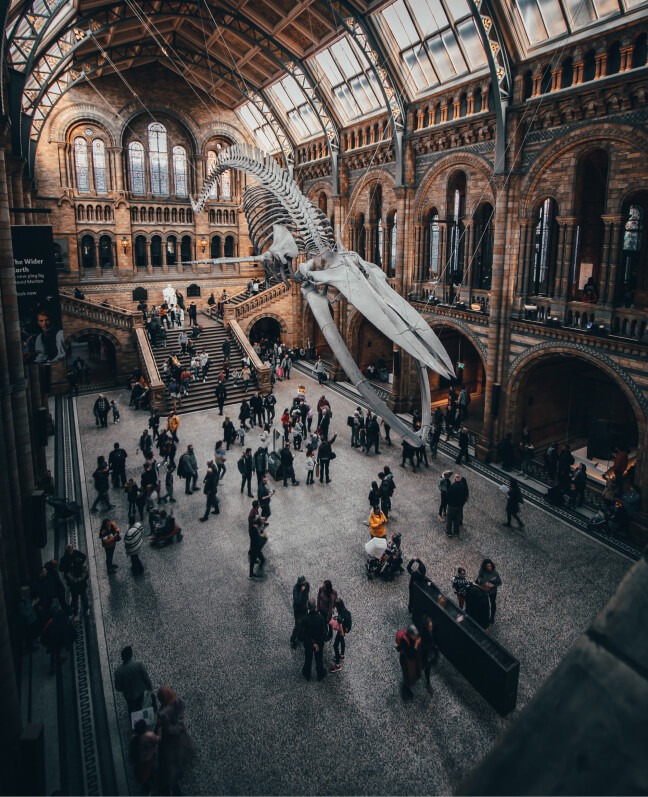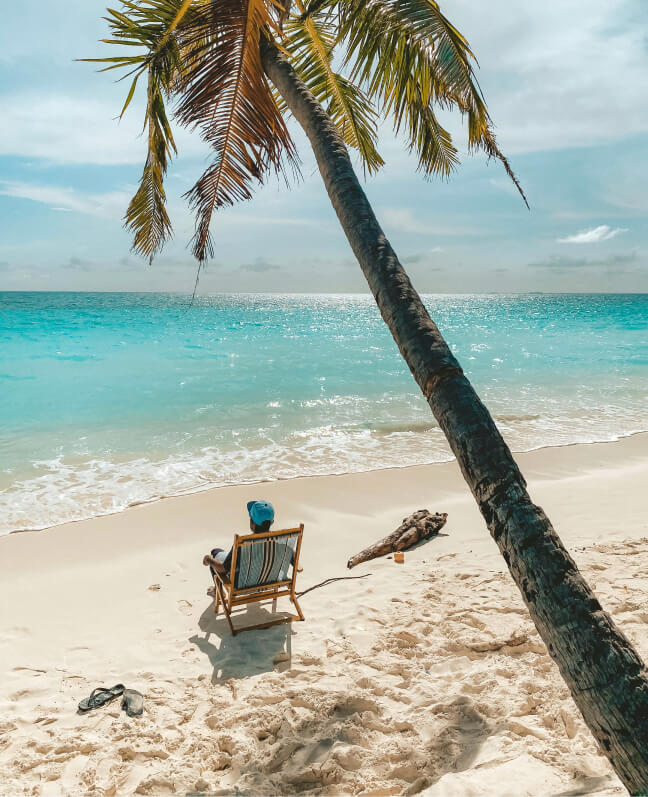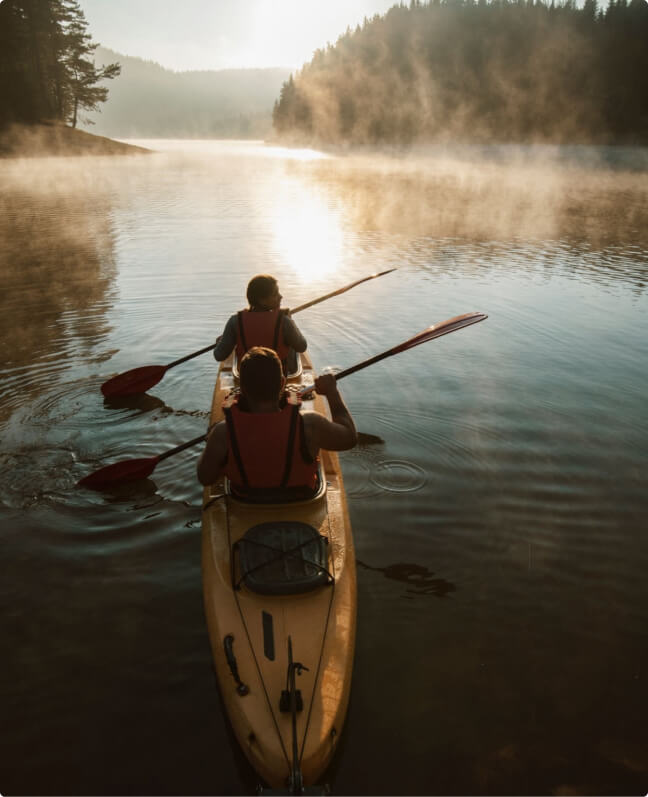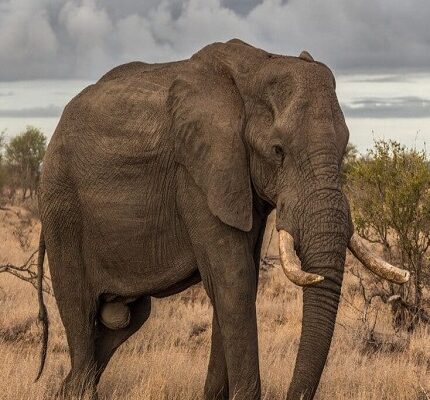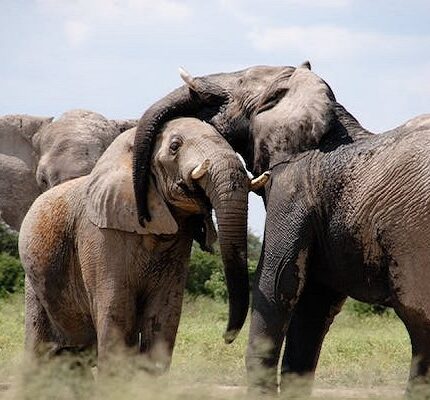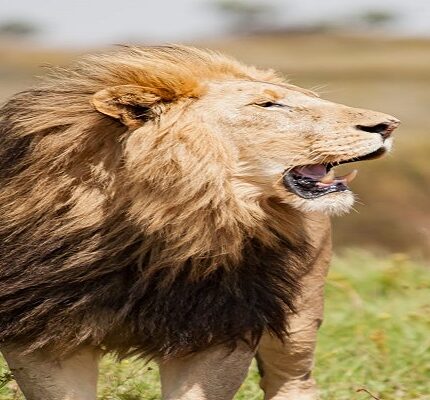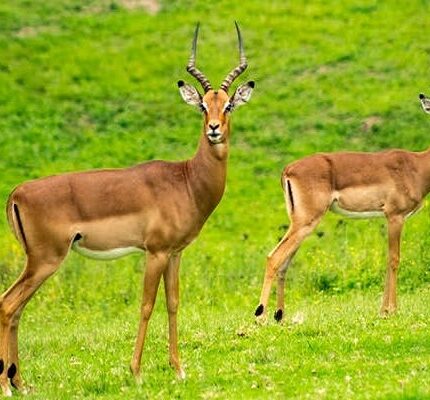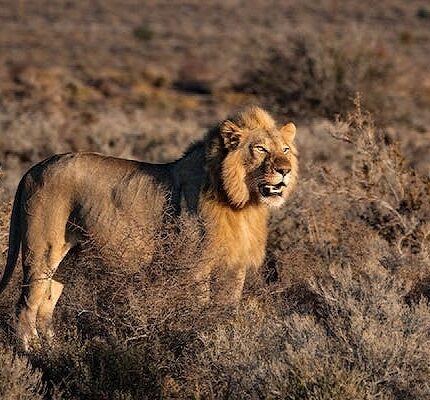entamistours8@gmail.com
Maasai Mara
- Home
- Maasai Mara
Welcome To Maasai Mara
Masai Mara National Reserve is one of Africa’s most famous parks and undoubtedly among the continent’s best places to see animals. The wildlife viewing is superb throughout the year. The grassy plains and regular rainfall support a huge population of herbivores, in turn attracting many predators. All three big cats are relatively easy to see. The yearly wildebeest migration
The park is one of the world’s most amazing wildlife spectacles.






The Wildebeest Migration
The Serengeti-Mara ecosystem is where 2.5 million wildebeest, zebras and gazelles follow the rains in search of new grass every year. They make their way from Serengeti National Park (in northern Tanzania) to the Masai Mara, and they usually cross into Kenya in July or August. Although the timing is never guaranteed, August and September are when you’re most likely to see the herds undertaking the famous crossings of the Mara River in Kenya. They slowly head back into the Serengeti around October.
Wildlife
The Masai Mara is one of the best parks in Africa for seeing big cats, especially lions. Even leopards are quite used to vehicles and you can see their natural behavior, while cheetahs inhabit the open savannah, hunting or seeking their next meal. Of the other Big Five, elephant and buffalo are also plentiful, but black rhino is trickier and they only roam in the Mara Triangle area.
Scenery
Grassland savannah dominates the landscape in the Masai Mara, but there are pockets of acacia woodland and riparian forest around the Mara River, and rocky hills intersperse the plains. The Maasai word ‘Mara’, meaning spotted, refers to these dots in the landscape. In the north, the Oloololo Escarpment (also called the Siria Escarpment) marks the northern boundary of the Mara. The stunning views from the top take in the whole ecosystem.
Activities
The main activity on organized safaris is guided game drives. East of the Mara River, dozens of vehicles frequently gather around big cat sightings. Crowding is less common in the Mara Triangle and forbidden in most conservancies. Early morning hot-air balloon rides are very popular. Night drives and walking safaris are forbidden in the national reserve but usually offered in the conservancies. Self-guided game drives are permitted in the Mara Triangle but not in the conservancies. In June 2024, the reserve authorities placed a ban on self-drive activities east of the Mara River. All other safari vehicles are still permitted in the reserve.
Weather & Climate
The Masai Mara has a generally mild climate that doesn’t vary too much from a comfortable 26°C/79°F in the region’s Dry season (June to October). Differences in temperature are mainly due to changes in altitude in the park, with conditions getting cooler the higher you climb. The Wet season (November to May) comprises a shorter and a longer rainy period that are broken up by a brief dry spell.
Maasai Mara
100,000
Kenya
English
Kenyan Shillings
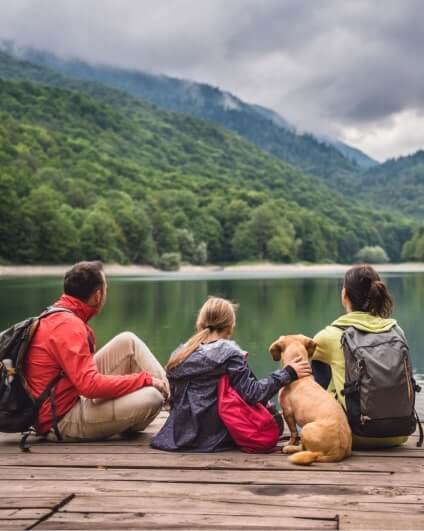
50% Off
For Your First Book
Maasai Mara Location.
Recommended Package
Starting From:
$3,200TAXES INCL/PERS
Starting From:
$2,700TAXES INCL/PERS
Starting From:
$2,300TAXES INCL/PERS
Starting From:
$900TAXES INCL/PERS
Starting From:
$TAXES INCL/PERS
Starting From:
$1,850TAXES INCL/PERS
Starting From:
$TAXES INCL/PERS
Starting From:
$TAXES INCL/PERS
Starting From:
$1,320TAXES INCL/PERS
Join The Newsletter
To receive our best monthly deals



